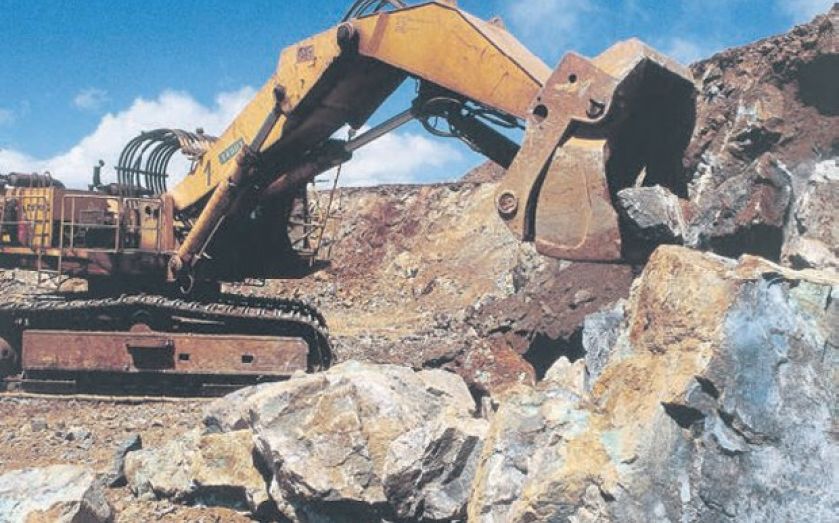Why the tide is against the iron ore mining giants – CNBC Comment

Mining firms have put on a brave face over the past 18 months. I warned last year that the super-cycle had popped, despite the largesse still being exhibited by the industry in the mining hub of Perth. Since then, billions of dollars have been extracted from cost savings, economies of scale are being wielded to force out competition, and non-core divestments are in full swing. But the brutal actions of mining companies cannot reverse a cyclical downturn brought on by China’s cooling property market.
Stabilising growth rates in Asia and small interest rate hikes next year in the US and UK should revive interest in cyclical sectors. Unfortunately, commodities like iron ore may offer little more than a value trap. “The iron ore price may have found a bottom for now, but it will take another leg down next year,” said UBS’s Wayne Gordon. He believes that mainland China holds the key to its fortunes. “China is still the main game in emerging markets and we are in structural oversupply for the next few years.”
But the industry continues to whet the appetite of investors, with Brazilian producer Vale predicting higher prices. “We are considering that by the end of this year the price can be around $95,” said its chief executive Murilo Ferreira.
Iron ore prices have tumbled almost 40 per cent this year to trade around $83.50 a tonne. Moody’s lends support to Vale’s price call, indicating a range of $85-$95 a tonne for the rest of the year, before climbing to $95-$105 next year.
Brokers, however, are lining up to shoot out the lights. Macquarie warned this month that the sands have shifted in iron ore after a major supply storm. It believes even holding $100 a tonne will be problematic as the displacement cycle means more time spent below triple digits. Brokers identify the actions of miners as the swing factor behind the worsening outlook. Macquarie admits it underestimated supply growth. More concerning is the slow anticipated recovery. Macquarie has reduced its price forecasts by 5 to 20 per cent from 2014 to 2019, with annual averages ranging between $85 and $95 a tonne to 2020.
Rio Tinto chief executive Sam Walsh expects 120m tonnes of capacity to be stripped from the sector this year as higher cost producers enter a race for survival. Australian and Brazilian giants will drive home their low cost advantage through scale, with producers in both countries expected to add a total of 132m tonnes of supply this year. Vale confirmed to CNBC last week that it will not take part in supply cuts.
Some brokers believe this may even be Vale’s moment to shine thanks to a quality advantage and currency tailwinds. “The real has weakened off the US dollar much earlier than the Australian dollar weakened to the US dollar, so there is a competitive advantage,” said Gordon.